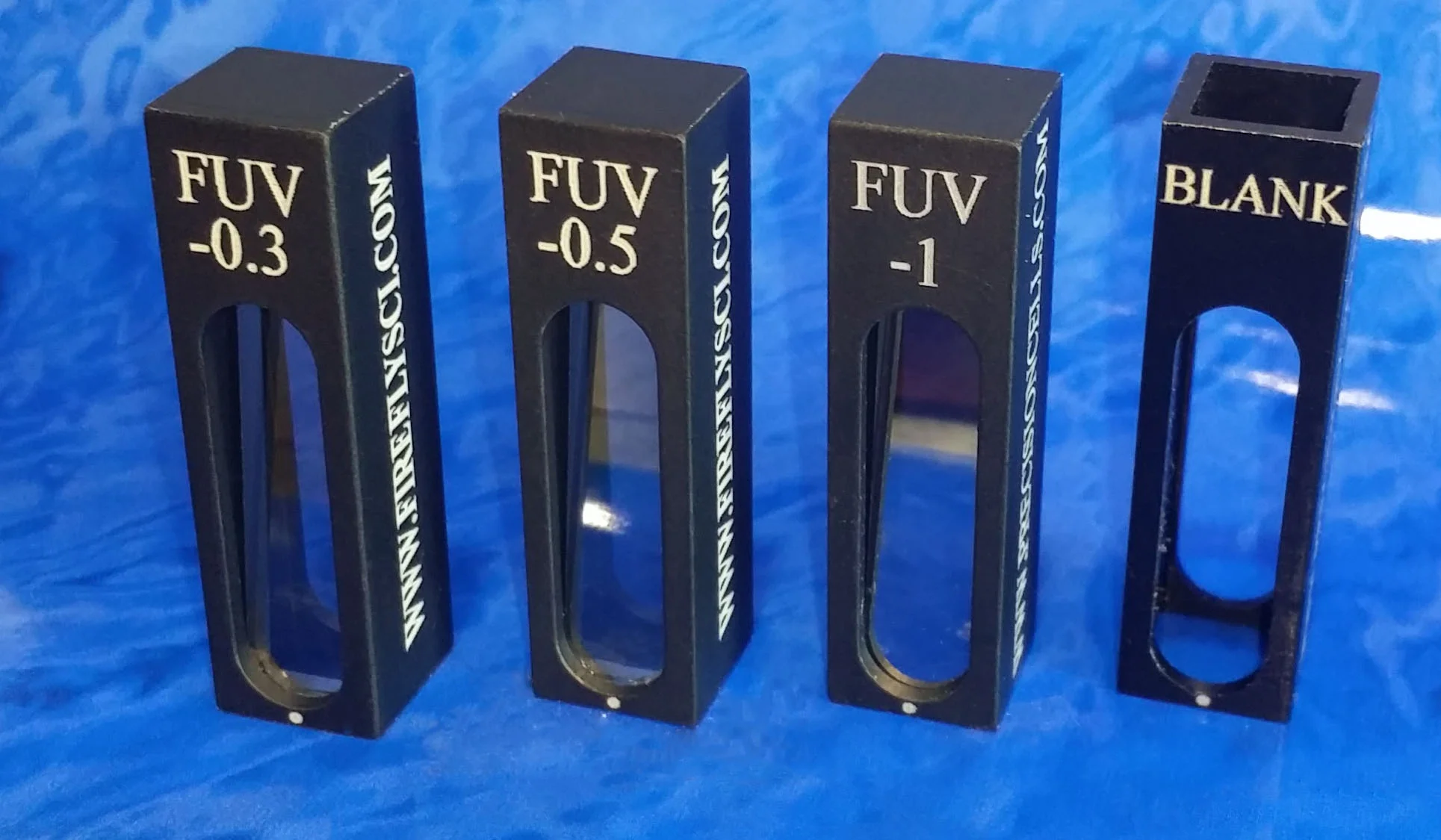The Rising Cost of Cuvettes: How Medical Insurance Prices and Tariffs Have Impacted Researchers
/Cuvettes, a simple yet vital tool in laboratories across the world, are an essential part of countless experiments. Whether you're measuring absorbance, fluorescence, or conducting spectroscopy tests, cuvettes are the backbone of precision work in research. However, if you’re a researcher or lab manager, you may have noticed a significant increase in the cost of these tiny but mighty tools over recent months. While many factors contribute to market fluctuations, two key culprits behind these rising prices emerge clearly: soaring medical insurance costs and the aftershocks of tariffs imposed during the Trump administration.
Understanding how these broader economic trends ripple into scientific laboratories is complex but crucial, especially for the research community already grappling with tight budgets and growing demands for results. Let's break it down.
The Role of Medical Insurance Costs
Laboratories and manufacturing facilities that produce cuvettes don’t just rely on cutting-edge materials and technology; they depend on skilled workers to maintain the consistent quality that researchers expect. These professionals, like all workers, need access to robust medical insurance.
Over the last decade, medical insurance premiums in the United States have skyrocketed. According to a recent study, the cost of employer-sponsored family health insurance rose by 54% from 2010 to 2020. For manufacturers, these rising medical insurance costs mean increased costs to cover their workforce. Employees who assemble cuvettes, operate precision machines, and oversee quality control depend on their employers for healthcare benefits, especially since manufacturing involves physical labor that could lead to injuries or long-term health concerns.
For manufacturers, there’s little wiggle room to absorb these added costs. They face a choice: reduce their margins (which could threaten operations) or pass those expenses down the supply chain through higher product prices. Unfortunately, that puts the burden squarely on you, the researcher, as prices for lab supplies like cuvettes steadily climb.
This trend is not unique to cuvettes. Many other products have similarly become costlier, creating an additional layer of financial strain for institutions and individual researchers alike.
Tariffs and Their Long Shadows
Another significant factor driving up the cost of cuvettes is the lingering impact of tariffs imposed during the Trump administration. These tariffs, aimed at protecting American industries and addressing trade imbalances, had a ripple effect across various industries, including scientific supplies.
For context, many cuvettes or their raw materials (such as specialized glass and quartz) are sourced internationally. Countries like China, Japan, and Germany have become key suppliers due to their ability to produce high-quality materials at comparatively low costs. However, the sweeping tariffs introduced during the Trump presidency on materials like glass, quartz, and steel meant that importing these essential raw materials became dramatically more expensive.
Even for U.S.-based manufacturers, who might source raw materials internationally, tariffs raised their production costs. Import fees and tariffs added approximately 20-25% to the cost of some materials. For researchers and institutions purchasing cuvettes, higher production costs inevitably translated into higher purchasing prices.
Additionally, global supply chains became strained under the weight of these tariffs, leading to delays in shipments and increased logistics costs. Temporary shortages of quartz, driven by higher costs and a dip in production during the pandemic, exacerbated the problem.
The Impact on Researchers and Science
These rising costs don't exist in a vacuum. Researchers, many of whom rely on government grants or institutional funds, often operate under strict budgets. When the price of basic supplies like cuvettes rises, it forces labs to make tough choices. Fewer resources may mean fewer experiments conducted, slower progress on critical projects, or an inability to accommodate new research initiatives.
For academic institutions, the effect is even more pronounced. Students, trainees, and early-career scientists may find themselves in an environment where budget constraints hinder their ability to learn and innovate. At the same time, grant funding hasn’t necessarily kept pace with climbing inflation or the growing costs faced by research initiatives.
This creates a ripple effect across the scientific community. Breakthroughs could be delayed, smaller labs with already-stretched budgets may struggle to survive, and the pace of innovation could slow at a moment when science is needed most.
What Can Researchers Do?
While broader economic forces remain outside of an individual researcher’s control, there are steps you can take to offset rising costs and keep your lab functioning efficiently:
Buy in Bulk - Ordering cuvettes and other supplies in bulk can save money by reducing per-unit costs and shipping fees.
Explore Alternatives - Look for high-quality but more cost-effective options, such as reusable cuvettes, when appropriate for your research.
Collaborate with Vendors - Partner with suppliers that understand the needs of the scientific community and strive to keep prices reasonable despite market pressures.
Grant Advocacy - Advocate for funding bodies to take into account rising supply costs when allocating research grants and budgets.
Moving Forward
The challenges posed by rising medical insurance premiums and tariffs underscore the importance of broader systemic changes to support the sustainability of scientific research. Policymakers, funding agencies, and industry leaders alike must work together to create an environment in which researchers have access to affordable tools without compromising on quality.
At FireflySci, we’re committed to standing alongside our customers in navigating these challenges. We understand how vital cuvettes and other laboratory essentials are to your work. That’s why we strive to provide high-quality products while doing everything we can to keep costs as manageable as possible. By working together, we can continue to support groundbreaking research, one experiment at a time.
![firefly_logo_FINAL [Black].jpg](https://images.squarespace-cdn.com/content/v1/5411d5c0e4b02e1c8b27565a/1434491508803-XB4OF7YDY46Z72L5U5AP/firefly_logo_FINAL+%5BBlack%5D.jpg)












